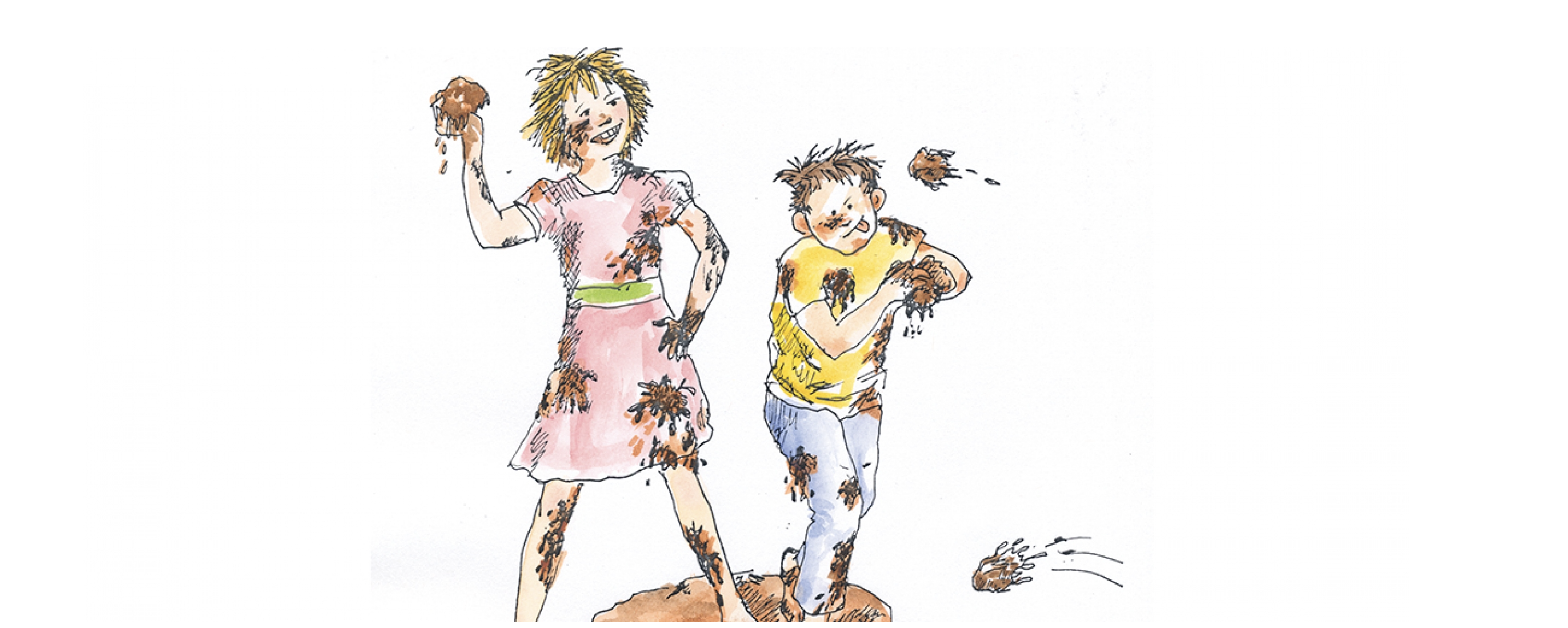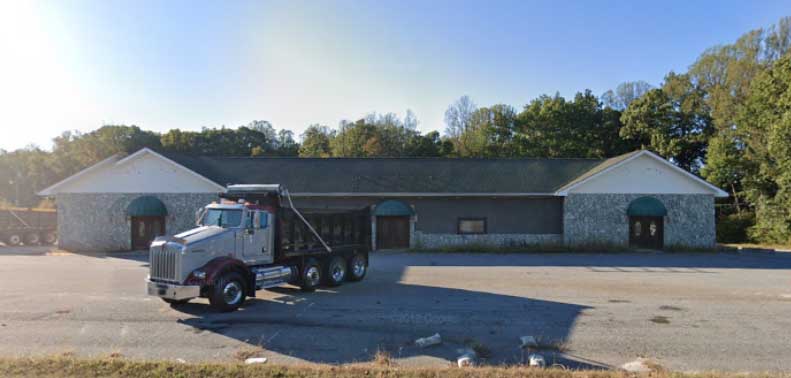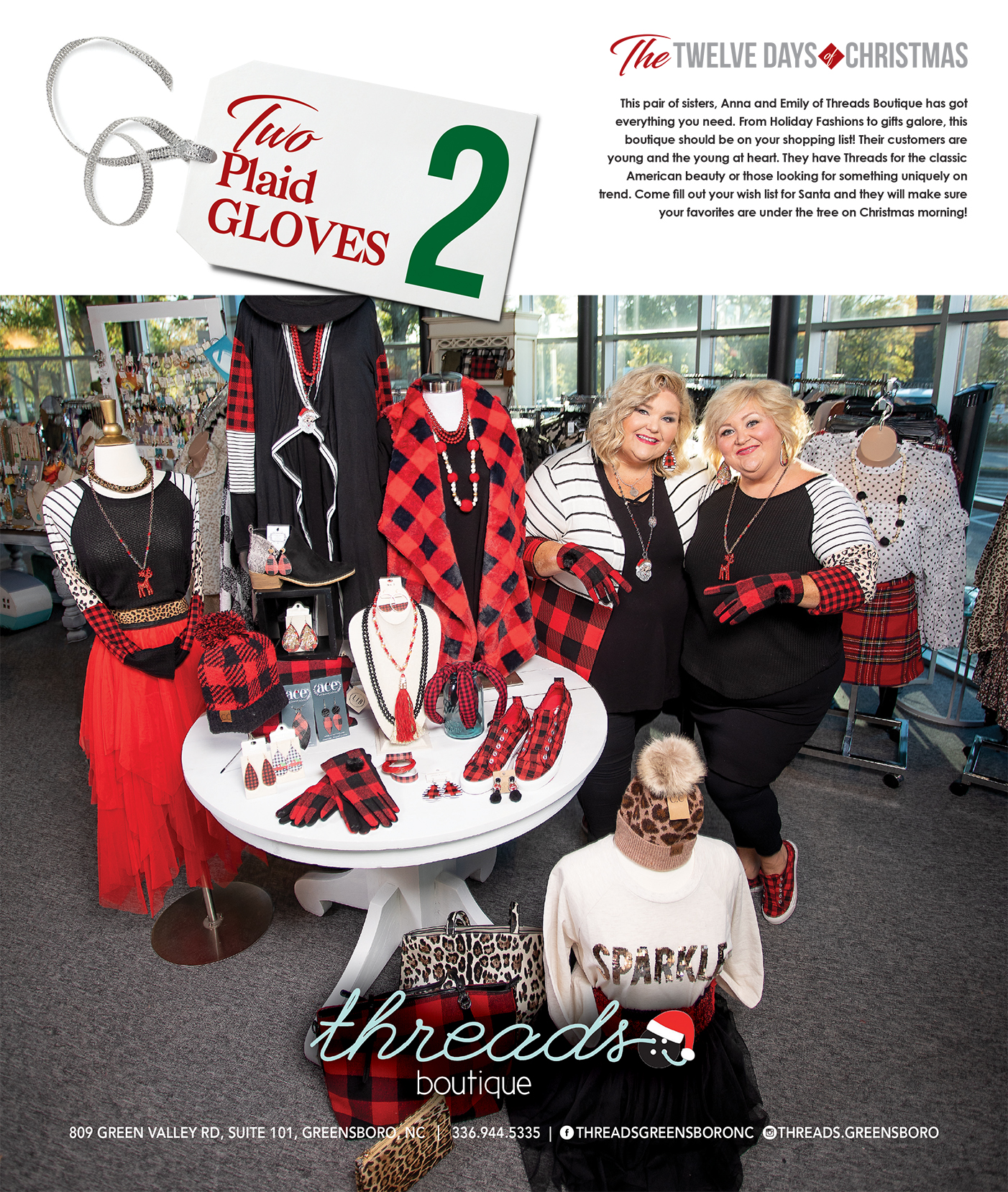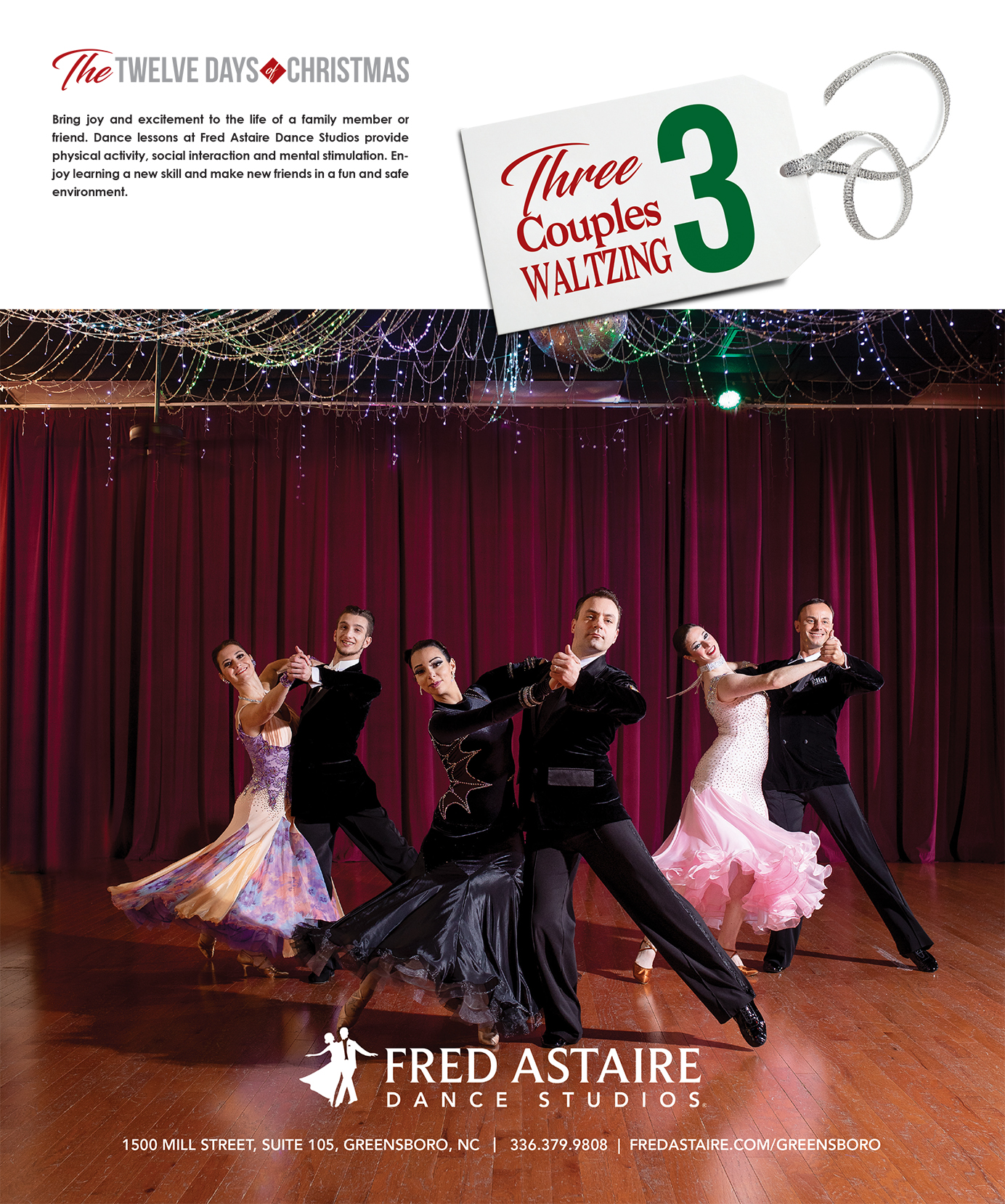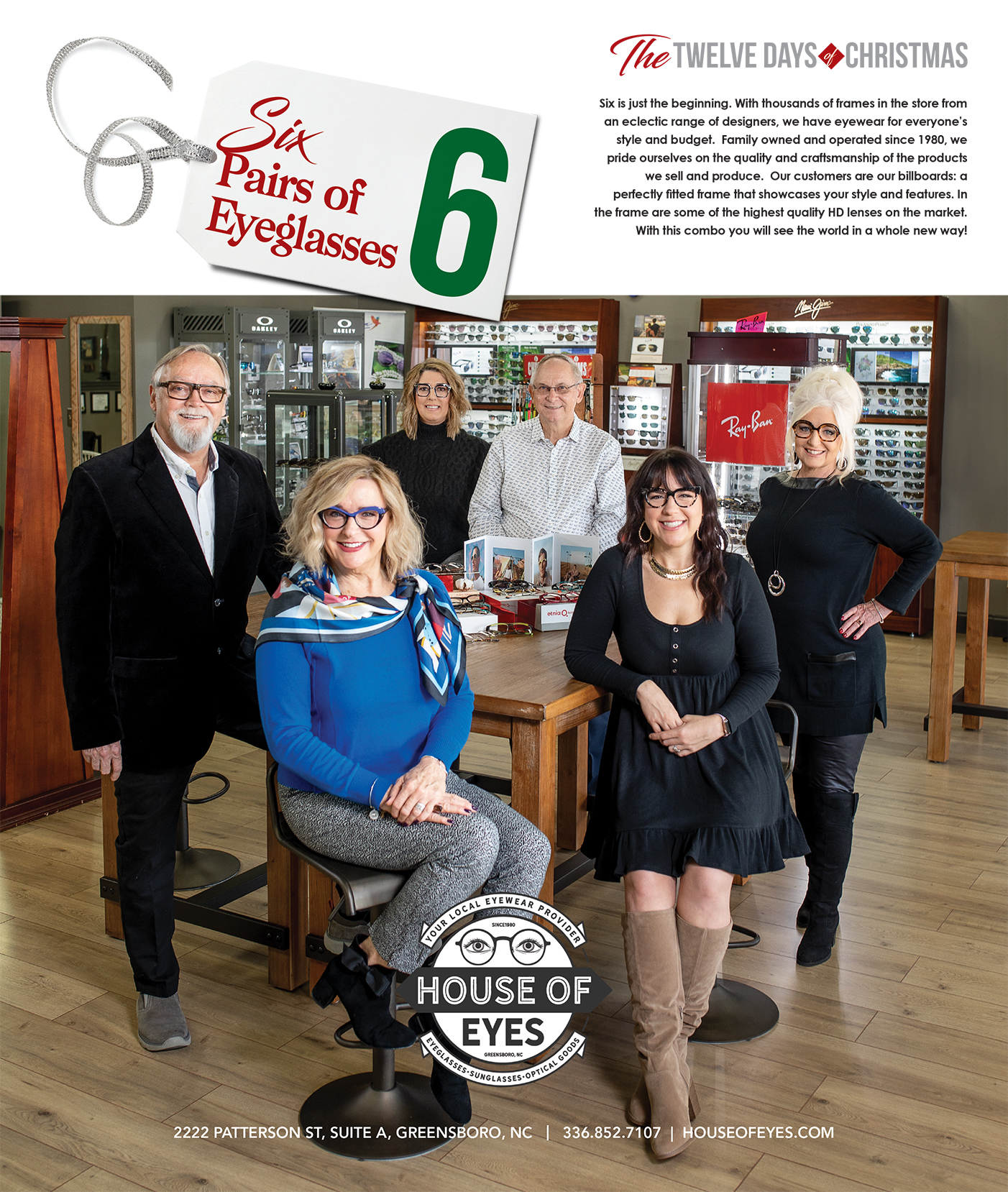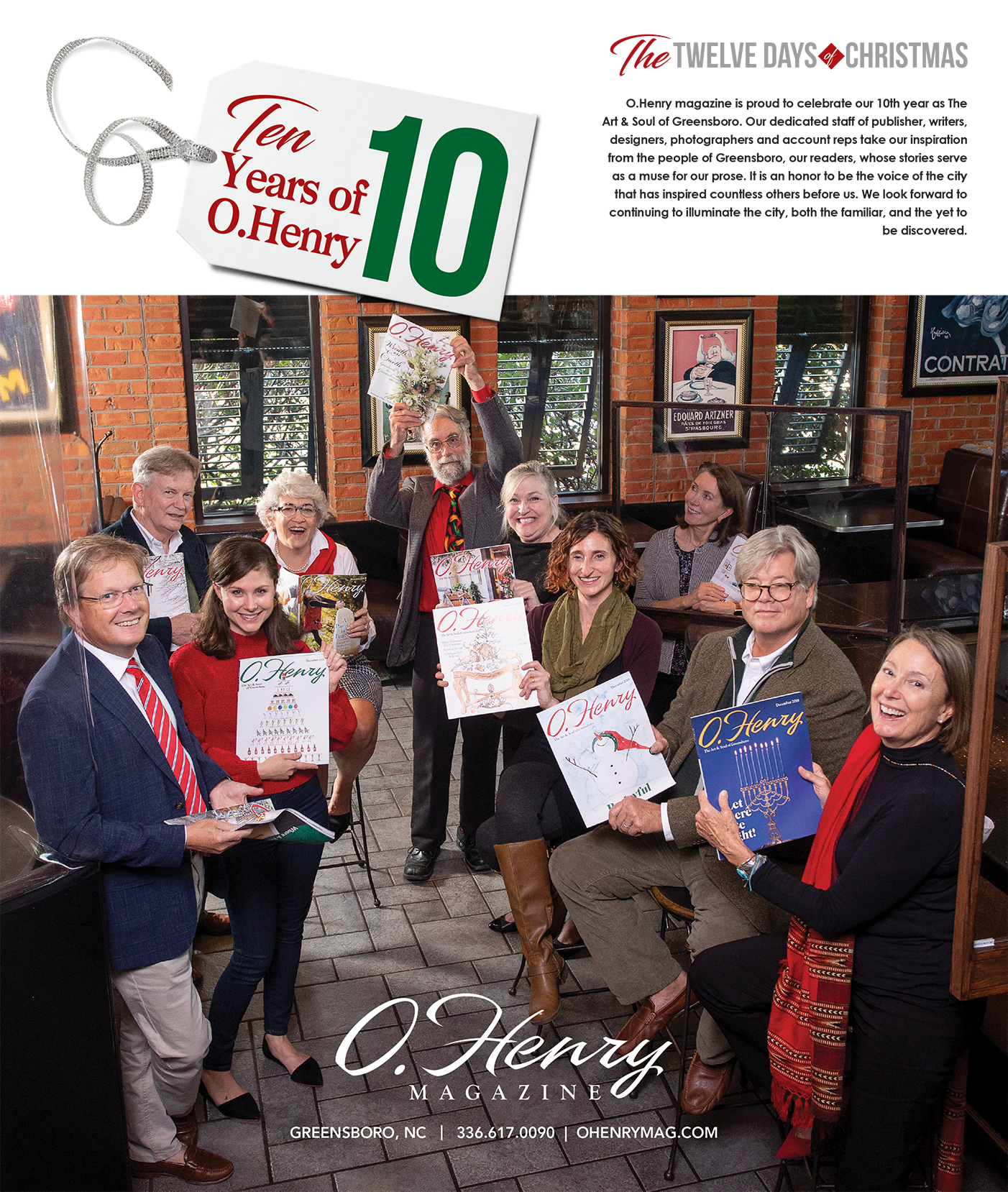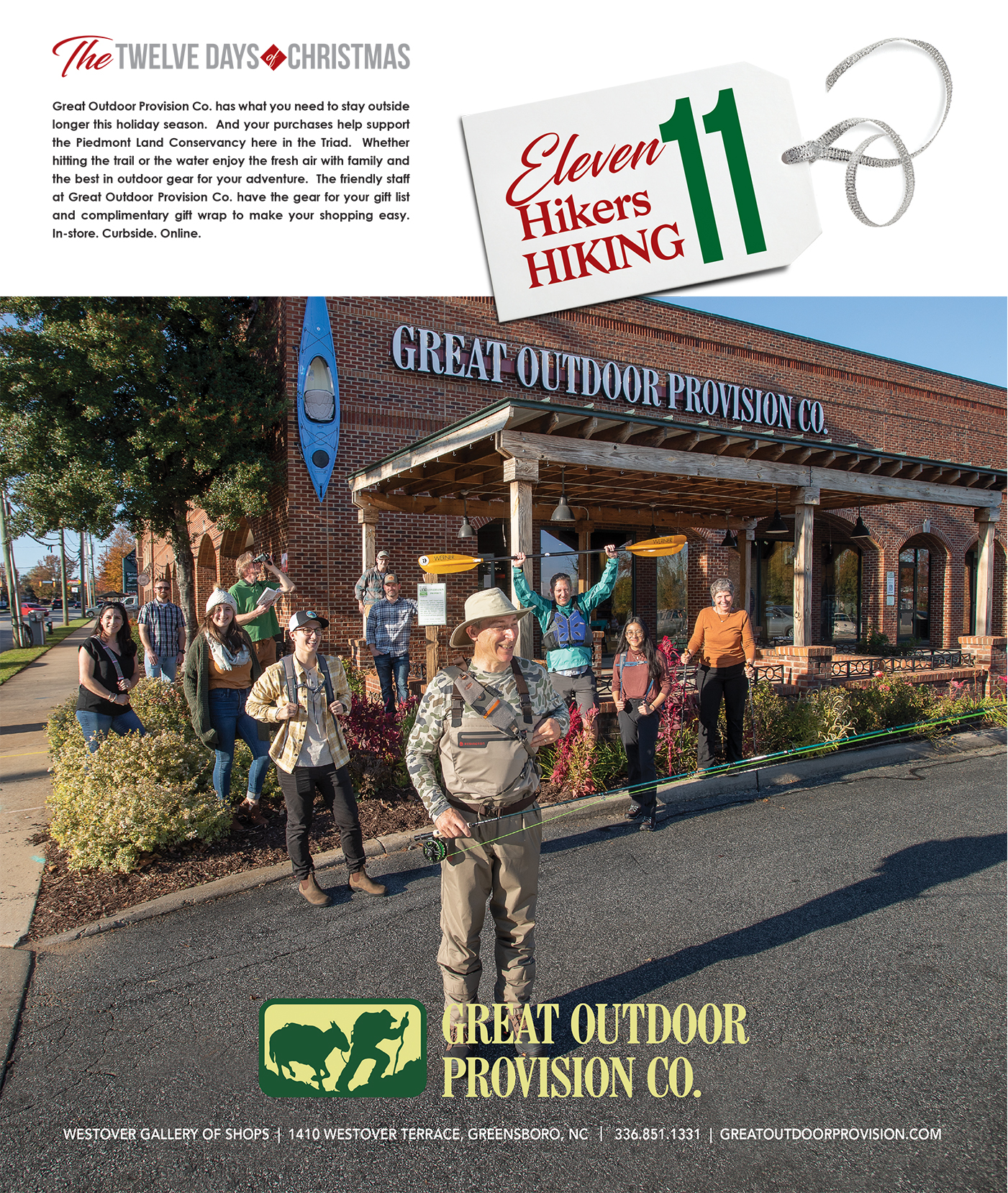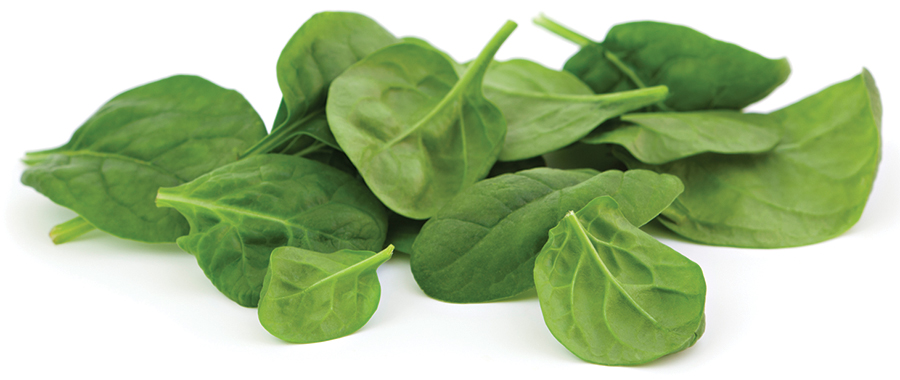Simple Life
Waiting Beneath a Clock
By Jim Dodson
And so the waiting continues, or maybe it’s just beginning.
We’re waiting for the old year to run out — or down — like a dear old mantle clock whose springs simply need winding. Simultaneously, we’re waiting for a new year to arrive like a Sunday morning paper on the porch steps, bearing welcome news that Congress has either collectively jumped over a cliff or solved the nations fiscal crisis by coming to its collective good sense.
Waiting is delicious, painful, often necessary and always inevitable, OK if you just don’t dwell upon it, a nimble trick of time, a conjurer’s act, a cosmic inconvenience, something that heals all wounds, an artificial construct meant to mark our personal human passage through life — even something holy if you only know how surrender to it.
“Do you remember when we were kids?” a colleague remarked wistfully at lunch the other day. “Waiting for Christmas to arrive was sheer torture — blissful, glorious torture.”
She mentioned how in her family a kid spent weeks if not months, an entire lifetime it seemed, anticipating Christmas and flipping through the Sears Wonder Book searching for the perfect toy. “You only got one, so you changed your mind a million times. And once you figured out what that one toy was, well, the anticipation and wait somehow made it only better. When it finally arrived, it meant so much more.”
She quietly mourns, as many of us do, the loss of this exquisite anticipation, an enforced moment of deeper reflection, the victim of a mass culture that prizes speed and instant gratification over a good and thoughtful wait. The Internet has turned periodical rooms into mausoleums because a simple touch of a key can bring a scholar whole libraries and sources in a nanosecond. Buying a new car once took days to pull off — a Kabuki dance between the dealer’s showroom and the local bank — but that’s gone the way of the helpful gas station attendant and learning to read a road map. Now we “sign and drive” and simply consult the plummy-voiced GPS who reduces travel time by a factor of two.
In the western Christian tradition, Advent marks the beginning of the church’s calendar year and a time of waiting expectantly for Jesus Christ’s nativity, a savior who will be born unto us, a prince of peace, a king upon whose shoulders the world will finally reside.
December is, metaphorically and otherwise, a time of waiting in the dark for the light of the world to appear. Likewise, coinciding with the Christian observance of Christmas, Judaism’s beautiful observance of Chanukah — a festival of lights commemorating a successful revolt against oppression and the rededication of its holy temple — spreads the light of a miraculous menorah over eight days of gift-giving that amounts, as a Jewish pal of mine likes to say, to “a wait with benefits.”
Other believers are quietly waiting, too, in some cases for a ruder ending — either a blaze of glory or a chance to jump-start an ailing universe. The Internet and Blogosphere and mainstream TV media, in any case, have been buzzing for more than a year over an ancient Mayan prophecy of doom predicted to have happened on or around our recent winter solstice.
A couple weeks ago, hoping to get a decent long-range forecast for that night, I dialed up a TV evangelist dismissing the Mayan apocalypse as “shameful, spiritual trash” and offering, instead, his “bestselling Bible prophecy,” said to reveal the actual date and hour of the impending Rapture. “The wait is about over, don’t get left behind!” he chirped, shooting his fancy cuff links and evidently somehow missing Matthew 24 and the bit about not knowing “the day or the hour the Lord is coming.” Instead, for a one-time “love offering” of $100, he extended a free bottle of “sanctified anointing Holy Land palm oil,” guaranteed to bring about good health and financial well-being in the year ahead.
I’ll be honest, that left me a tad confused. Was he suggesting Heaven can actually wait — or was he simply withholding important Rapture planning info until he received my Visa payment?
Truthfully, meaning no disrespect to modern Mayans, I’m not sure that heaven waits for any man or woman — and may, in fact, already be here, as I heard a famous Christian mystic once observe, separated from us only by the thinnest membrane of limited perception.
Heaven, like beauty, may simply lie in the eye or spiritual imagination of the beholder. For the record, since we have a few moments to kill, mine is where all my old dogs will be present and fully accounted for, restored to their youthful vigor, and I can take them for long walks in the snowy woods any old time I choose (even the Fourth of July!); a quiet place where my favorite fountain pen never runs out of ink and real handwritten letters from old friends arrive in the mail every day, and my favorite books are finally reunited on one big wall; where my garden is huge and my worries are small and I get to have my mom’s famous Sunday pot roast any time I want. “No one’s lost and no one’s missing,” echoes Mary Chapin Carpenter in her brilliant song on this very subject, “No more parting, just hugs and kissing. And all these stars are just for wishing . . .”
Speaking of the stars, science has its own waiting game going, of course — awaiting hard data that heralds a major breakthrough, a final cure, a perfect pill. Recently a NASA spokesman set off a firestorm of speculation in the Geekosphere by hinting that organic material collected by the Mars rover Curiosity might prove irrefutably the presence of life on another planet, something science has waited for, well, forever. In the end, it just turned out to be a puff of Martian natural gas but, hey, you have to ask yourself, can a little green flatulent uncle be far away?
Waiting, in a real-world sort of way, is curiosity’s first cousin — a useful tool when, say, wooing a gal, fiddling with a recipe, writing a song, learning to dance, building a house or searching for life on other planets.
“Someone, dear, is always waiting beneath a clock.”
This is what my late Grandmother Taylor used to say to me whenever I was fidgeting in church, or the supper table or a gathering involving relatives.
I hated to wait and I hated this phrase, but really had no earthly idea what she meant by it. “Don’t hate anything, child,” she also counseled, a one-woman Poor Richard’s Almanack. “Hate only hurts the hater. Love and you’ll learn patience and be glad you did.”
Not surprisingly, I couldn’t wait to grow up and shake the dust of home off my feet. The first time I saw It’s a Wonderful Life I was 20 years old and startled to realize I was George Bailey, a young buck ready to run like crazy from the place that made me. The end of the movie — where an unlikely angel gets his wings and George Bailey discovers he actually helped create heaven for countless others — is, in fact, a lovely meditation on the art of patience and waiting, the quintessential holiday movie.
By now I’ve been there and back and think I know exactly what my cagey old Baptist grandma meant. She meant somebody is always waiting beneath the clock of personal expectations for a baby to arrive or a loved one to go, for rain to save the crops, for true love to finally come, for old wounds to heal, for new life to start, for a final diagnosis, a job at long last, the jury’s verdict, the judgment of time.
We’re all waiting beneath a clock.
In my grandmother’s girlhood, whenever someone passed away — and what a lovely phrase, by the way, a schooner made of clouds drifting to the horizon, a friend walking over a leafy hill — someone in the attending family would still the arm of the ticking clock in the hallway in order to mark the moment of their loved-one’s departure. The wait was over. The fever of living abated.
I thought of this the other afternoon as I was waiting impatiently in heavy Christmas traffic at a stoplight and heard on the radio that the world’s oldest woman had passed away down in Georgia. Besse Cooper was 116 when she slipped the bonds of earth and flew away, a few hours after having had her hair done and watching a Christmas video at a rest home in Monroe. She was a school teacher who participated in the suffrage movement, registering women to vote after passage of the 19th Amendment. Remarkably, she voted in every election since 1920 save for this year and 1948, when she figured erroneously that Thomas Dewey was a shoo-in.
Besse lived through a lot in her life — the first automobile, two world wars and a host of disasters and conflicts, more scientific breakthroughs and innovations than any period in human history, a man on the moon and the rise of women she long envisioned.
Somewhere in her heaven I do hope she’s enjoying herself, maybe catching another good holiday video.
Me? I’m still a little impatient with the holiday traffic, waiting beneath a ticking clock and racing to reach the shop before it closes. But more and more I’m thinking, Congress and magic palm oil notwithstanding, this really might be Heaven.


